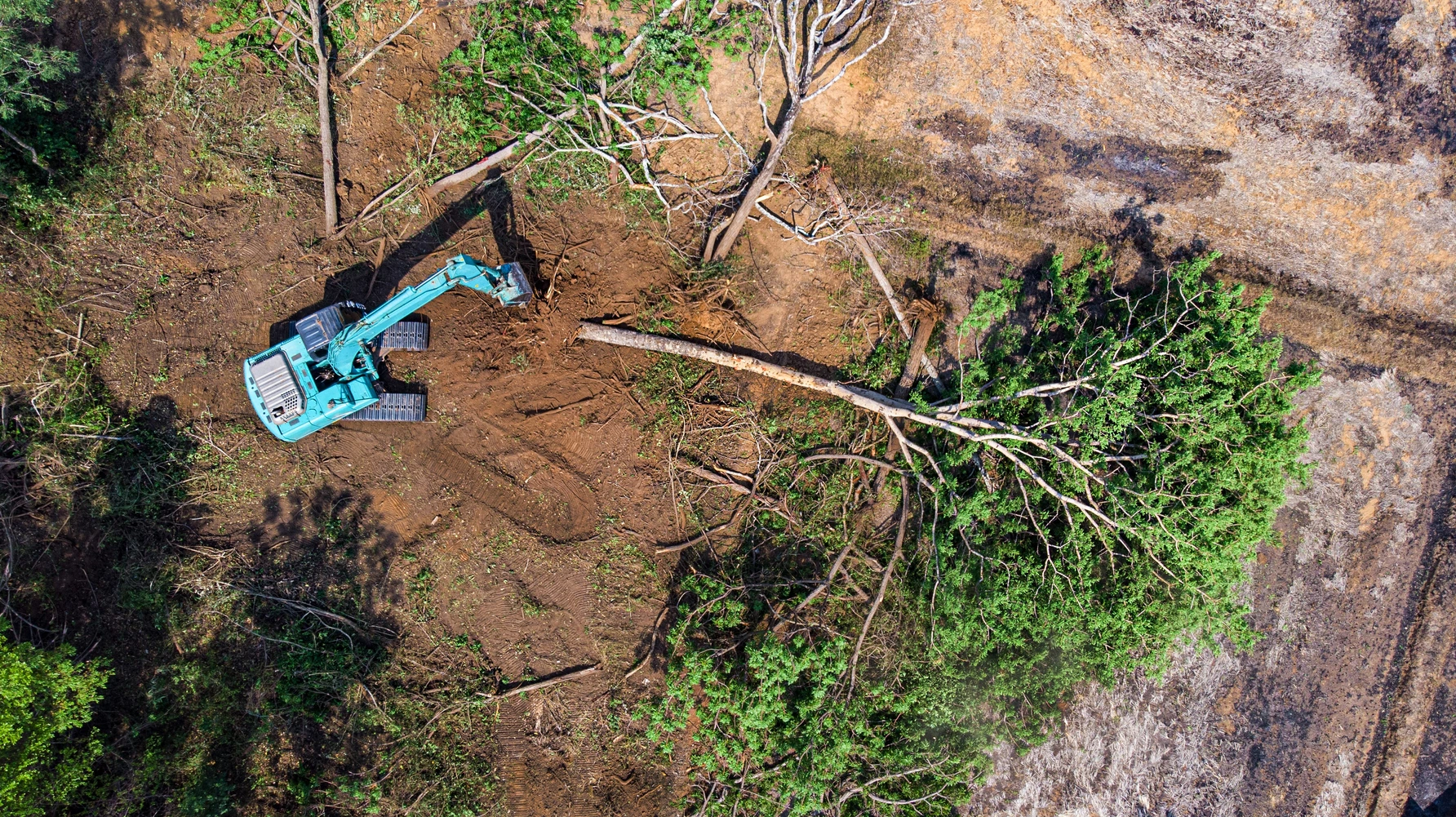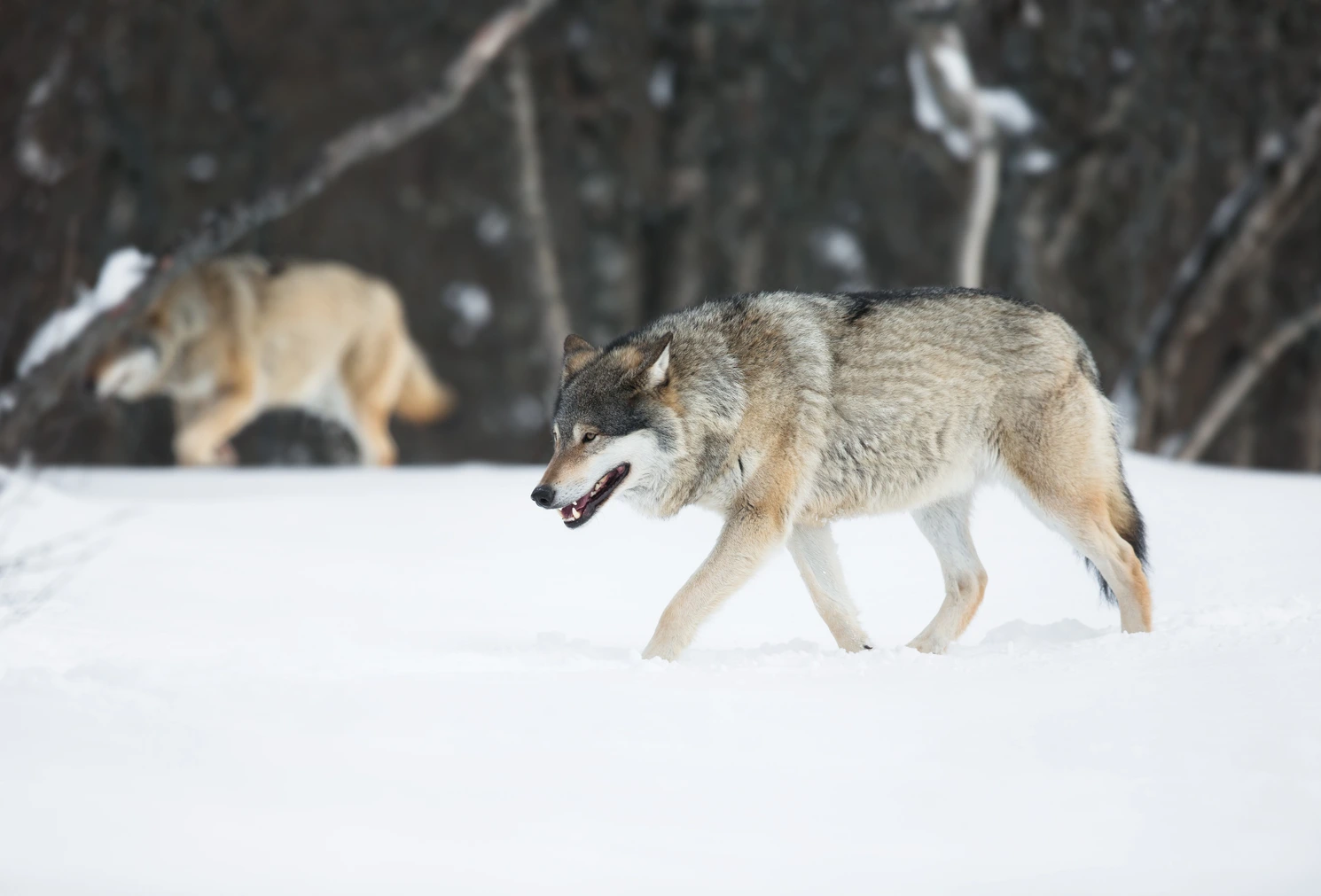
Project outcomes at a glance
It is relatively easy to win support for cute, cuddly, or charismatic creatures like pandas, dolphins, and orangutans. But with animals that have a reputation for being dangerous to humans – such as wolves, jaguars, bears and lions – it can be much more challenging to create the social and political will to give them the kind of protection they require.
Yet these apex predators are keystone species that are crucial for maintaining ecosystem health, and they require a larger range than many protected areas can provide.
From 2019 to 2022, an international and multidisciplinary team of scientists and practitioners – based in Brazil, Finland, the Netherlands, Tanzania, the US, and the UK – grappled with these kinds of conservation challenges, using the lens of ‘convivial conservation’. Pushing back against ‘fortress conservation’ approaches that prioritize the designation of distinct protected areas where little human activity or interaction is allowed – as well as market-based instruments that seek to monetize conservation such as ecotourism and payment for ecosystem services (PES) – the convivial [literally: ‘living with’] conservation approach seeks to accommodate humans and non-humans within integrated landscapes.
Funded by the Transformation to Sustainability (T2S) programme of the Belmont Forum, the NORFACE network, and the International Science Council, the project conducted case studies in Brazil, Finland, California and Tanzania to generate principles for transforming conservation policy and practice towards a more convivial model.
One key finding was that, despite the immense and detrimental impact of ecosystem pressures – such as agricultural expansion that limits space for animals to migrate – on human-animal interactions, these pressures do not tend to be addressed in most conservation interventions. In Brazil’s Mata Atlântica area, for instance, jaguar [Panthera onca] populations are dwindling largely due to habitat loss from deforestation and land use change, even though considerable work has been done to set aside protected areas for the species. “There’s still a lot of work to be done around how the jaguars deal with the anthropogenic landscapes around those protected areas,” said Laila Sandroni, a post-doctoral fellow at Brazil’s University of São Paulo (BR) and a member of the research team – “especially since the jaguars need a lot of space to walk around, and a wide prey base to feed upon, to be able to live fully.”

Photo: Moderngolf_9
At present, the animals’ fearsome reputation means they can be shot when they venture into cultivated landscapes. “If one of them goes around a property, it’s enough to spread fear throughout the whole area,” said Sandroni. “They are big, strong animals, and they’re fascinating – and scary – for people. So, when an incident of a big cat hunting cattle happens, they tend to blame the jaguar – although normally it’s a puma or a hound dog or something else.” Community education, to help put these threats into perspective, is an important element of the work of conservation organizations in the area, such as ‘Onças do Iguaçu’ [Jaguars of Iguaçu] and ‘Mammals in the Mata Atlântica’.
Work in Finland on grey wolves [Canis lupus] produced similar findings. There, explained team member and University of Helsinki doctoral researcher Sanna Komi,
“the social conflicts surrounding wolves are not proportionate, because they don’t actually cause very much damage or harm – while we have other large carnivores here that don’t cause nearly as much conflict.”
Komi’s work on public narratives about wolves helps to explain why the presence of wolves generates so much public animosity in Finland. Public sentiment against wolves has a political history. When Finland joined the European Union in 1995, wolves became a protected animal, with significant societal backlash and illegal killing of wolves. “It’s very difficult to say how much of it is resistance to wolves, and how much is resistance to top-down governance,” said Komi. She also noted the role the media can play in defusing or exacerbating human-wildlife conflicts.

Photo: kjekol
These experiences underscore the point that while Indigenous peoples and local communities must be centrally involved in conservation efforts, they cannot be solely responsible, given the role of global, regional, and national actors in creating the challenges felt at the local level.
The research also highlighted the need for interdisciplinary approaches in conservation, to promote holistic, interconnected thinking and the application of diverse lenses and insights. “It took a lot of effort, but also was really rewarding to try to connect the field of conservation biology – trying to conserve animals that are rare and threatened – with a political ecology perspective that brings in the importance of thinking about the underlying causes of biodiversity loss, such as political economic issues and the development models that surround those initiatives to conserve wildlife,” said Sandroni.
Working in this way took considerable effort, time, and willingness to get out of comfort zones, she acknowledged. “We spent a lot of time on planning processes, stakeholder mapping, finding common ground, and defining common concepts, because it wasn’t given in the beginning of the project, as it is when you’re doing disciplinary work, where everybody shares a common set of tools, methodologies, epistemologies, and so on,” she said. “I think the general feeling of the team is that it was both hard and rewarding, in the sense that we had to spend much more time and building this common ground than we expected. But on the other hand, it gave us strong results.”
The researchers also pinpointed the importance of inclusivity – especially the deliberate foregrounding of local views and historically-grounded knowledge. This foregrounds asymmetries in power and justice – such as the “complex links between local issues and global power structures which favor, for example, wealthy tourists visiting protected spaces, while local communities support predators through their livestock.”
The work also revealed some surprising interconnections between different cases of human-wildlife interaction across space and time. For example, a large amount of agricultural production in Eastern Finland has been displaced to other countries, which has led to more space for grey wolves to roam, and reduced competition between them and local residents. However, in those countries in which agricultural production is intensifying – like Brazil – some human-wildlife conflicts, such as between people and jaguars, are increasing.
In this vein, Sandroni emphasized that pursuing a convivial approach to human-wildlife interactions includes encouraging people to consider and value the diverse elements that make up a functioning ecosystem: including those we might find frightening or unpleasant. “The jaguar is a symbol of hope for the whole biome, because if it’s there, it means that we have a really large and healthy patch of forest with a consistent prey base,” she said.
“So, if we could address the local communities and encompass them in public policies that take into account their perspectives on nature as a whole – not just the jaguar – this could contribute a lot to a more welcoming environment for those interactions to occur in a more harmonious way.”
That consideration of diversity should also be extended to the humans within these environments, said Komi. “I think we lack some space for the very different ways that people relate to nature and to the environments around them; we need arenas for more value-based discussion.”